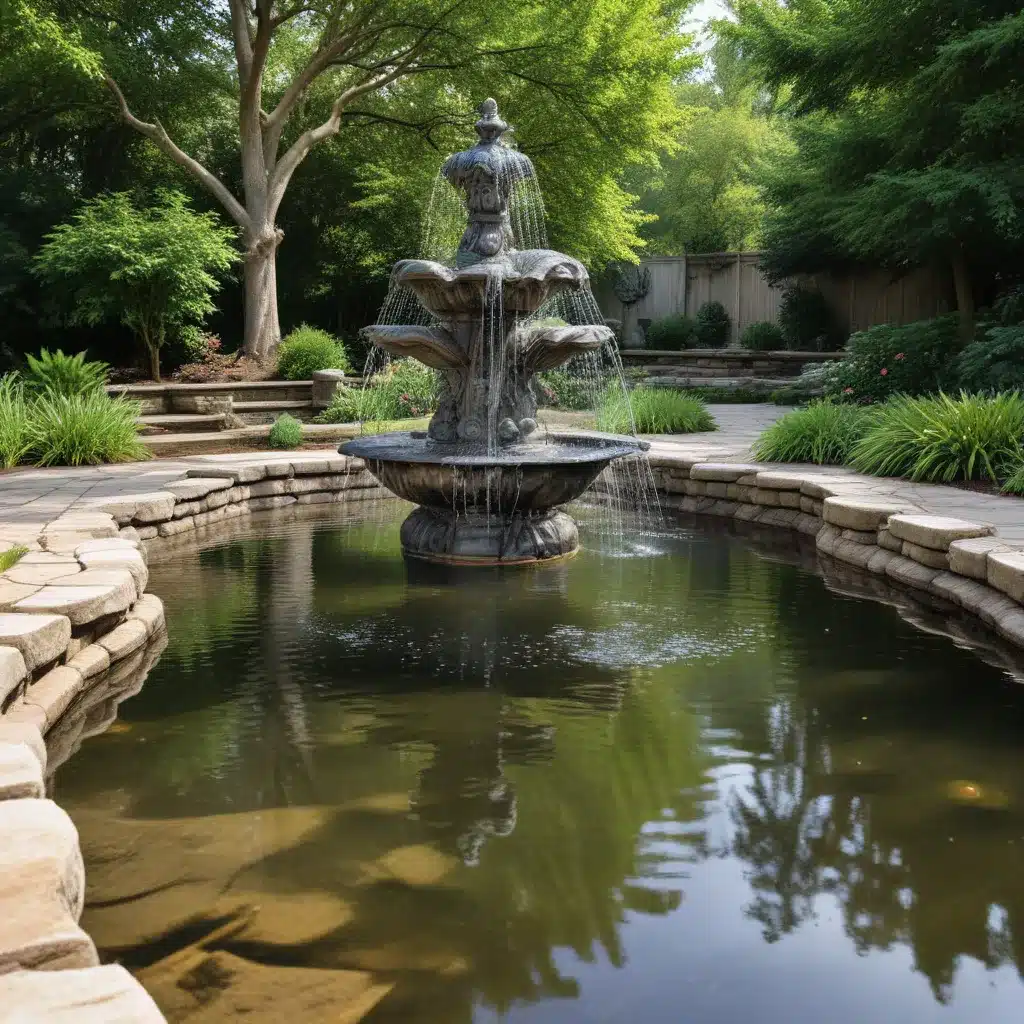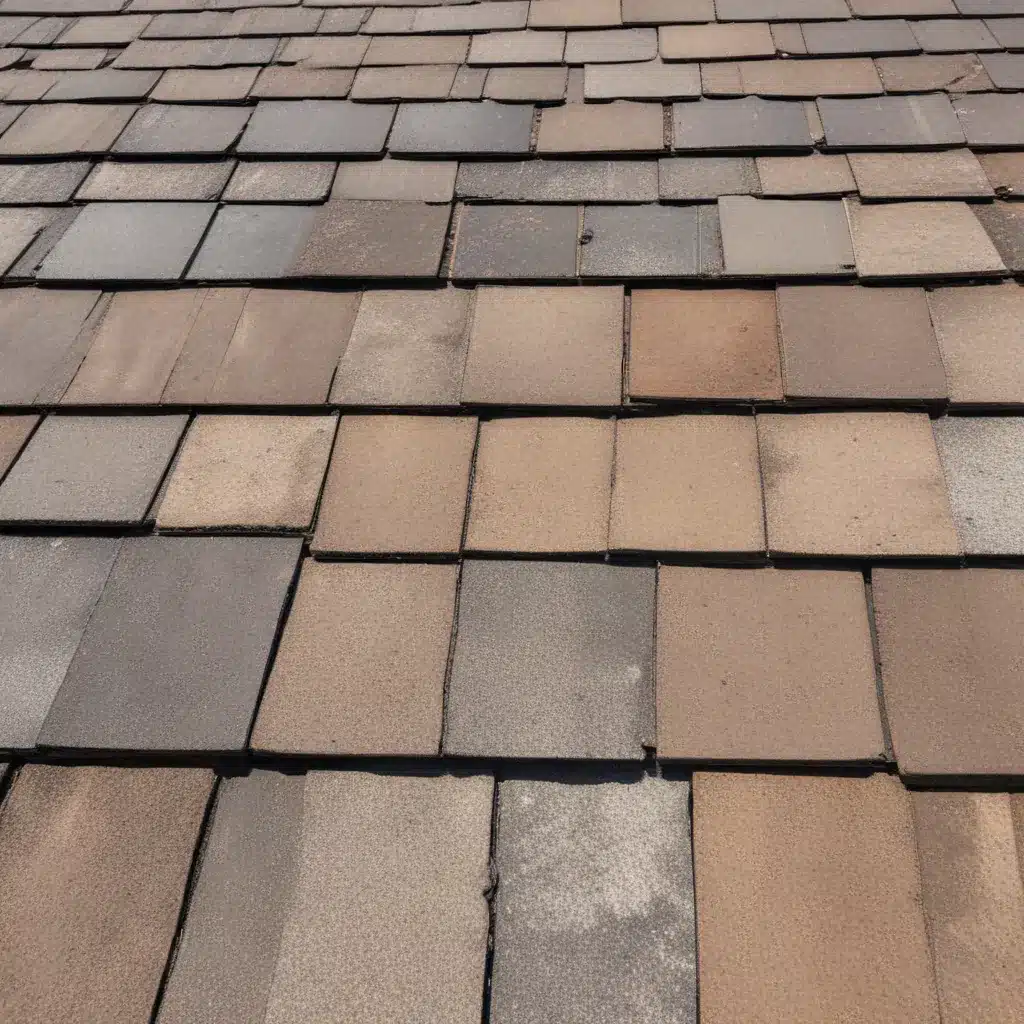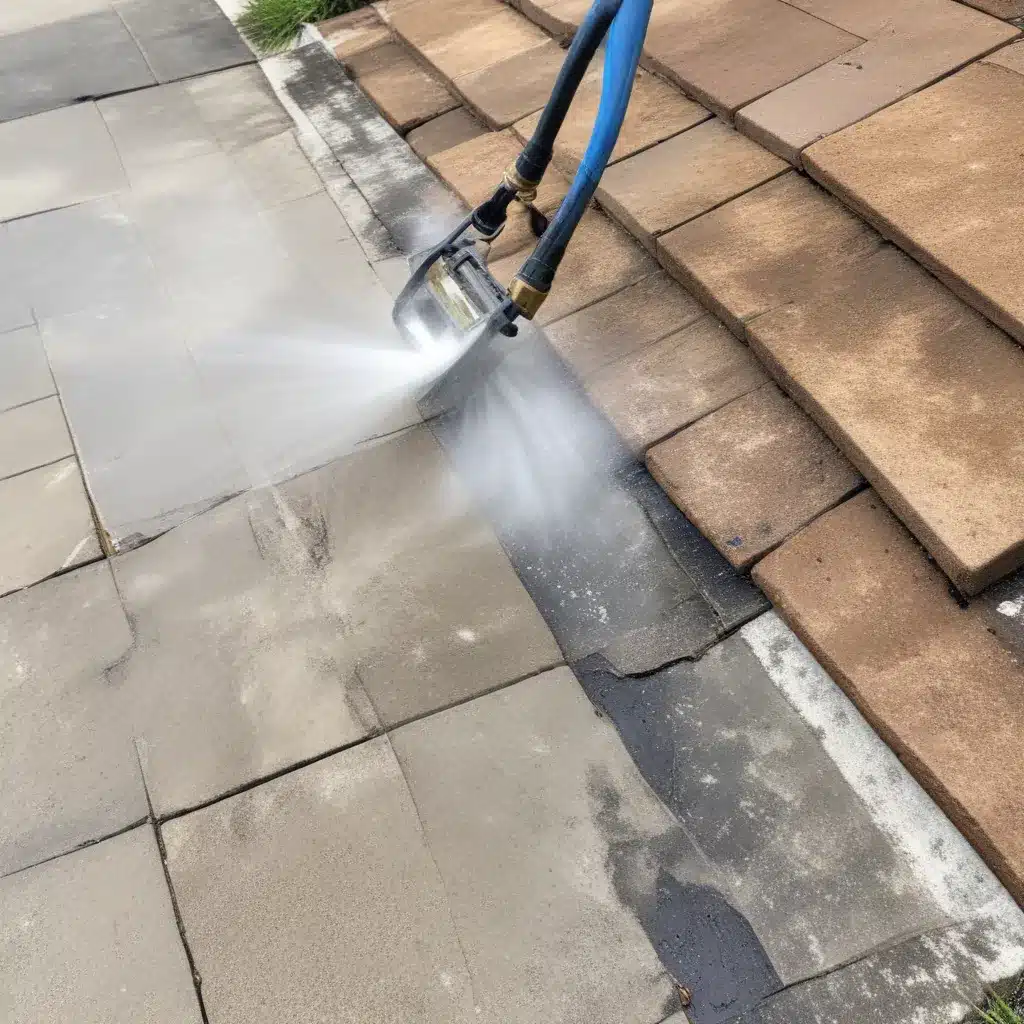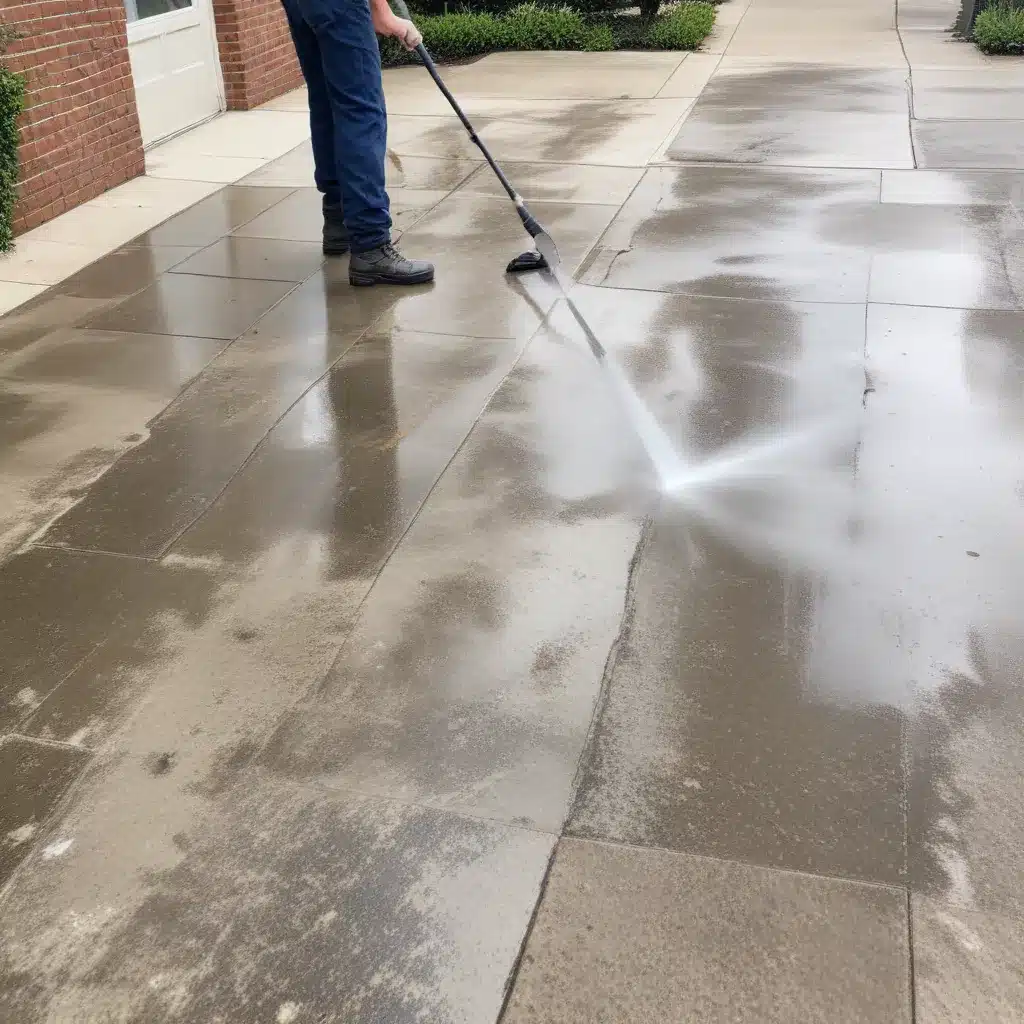
Regulatory Landscape: Navigating Local Guidelines for Pressure Washing in St. Louis
As a homeowner or property manager in St. Louis, Missouri, understanding the regulatory landscape surrounding pressure washing is crucial. The city of St. Louis has specific guidelines and requirements that must be followed to ensure compliance and protect the local environment.
According to the St. Louis Metropolitan Sewer District (MSD), any pressure washing activity that discharges water, cleaning solutions, or debris into the storm sewer system or nearby waterways is strictly prohibited. This includes washing down driveways, sidewalks, and other outdoor surfaces. Instead, the wastewater generated from pressure washing must be contained, collected, and properly disposed of to prevent pollutants from entering the local water bodies.
To comply with these regulations, property owners in St. Louis must make use of containment systems, such as temporary berms or vacuum systems, to capture and collect the wastewater. This water must then be either directed to the sanitary sewer system or transported to an approved disposal facility. Failure to adhere to these guidelines can result in significant fines and legal penalties.
Pressure Washing Techniques for Water Features: Striking a Balance between Aesthetics and Eco-Friendliness
When it comes to maintaining the beauty and functionality of outdoor water features, such as fountains, ponds, and cascades, pressure washing plays a crucial role. However, the delicate nature of these features requires a nuanced approach to ensure the preservation of the aquatic ecosystem and compliance with local environmental regulations.
Fountain Cleaning:
For outdoor fountains, a gentle pressure washing technique is recommended to remove accumulated dirt, algae, and mineral deposits. Operators should use a low-pressure setting, typically between 500-1000 PSI, and avoid direct spraying of the fountain’s mechanical components. Instead, focus on gently scrubbing the surfaces with a soft-bristle brush and rinsing with a low-pressure water stream. This approach minimizes the risk of damage to the fountain’s structure and pumps while effectively restoring its pristine appearance.
Pond and Water Feature Cleaning:
Cleaning ponds and other water features requires a more comprehensive approach to maintain a healthy ecosystem and prevent the introduction of harmful chemicals or debris. Begin by manually removing any floating debris, such as leaves and twigs, using a net or skimmer. Then, use a low-pressure (500 PSI or less) rinse to gently clean the surfaces, taking care not to disturb the pond’s flora and fauna. In cases where significant algae growth or mineral buildup is present, consider the use of eco-friendly, biodegradable cleaning solutions that are safe for aquatic life.
Eco-Friendly Cleaning Products:
When selecting cleaning products for pressure washing water features, it is crucial to prioritize environmentally friendly options. Look for products that are free of harsh chemicals, such as chlorine, bleach, and phosphates, which can harm the delicate aquatic ecosystems. Instead, opt for cleaning solutions that are biodegradable, non-toxic, and pH-balanced to maintain the water’s natural balance.
By adopting these pressure washing techniques and using eco-friendly cleaning products, property owners in St. Louis can effectively maintain the beauty and functionality of their outdoor water features while ensuring compliance with local environmental regulations and protecting the local watershed.
Cost Considerations for Pressure Washing Water Features
The cost of pressure washing and maintaining outdoor water features in St. Louis can vary depending on several factors, including the size and complexity of the feature, the frequency of cleaning required, and the specific techniques and products used.
Average Costs:
For a small to medium-sized outdoor fountain, the average cost for a professional pressure washing service can range from $100 to $300, depending on the level of cleaning required. For larger, more complex water features, such as ponds or cascading waterfalls, the cost can range from $300 to $800 or more, depending on the scope of the project.
It’s important to note that these cost estimates are based on a one-time pressure washing service. Property owners may need to factor in regular maintenance, which can involve monthly or quarterly cleaning, costing an additional $50 to $200 per visit, depending on the size and complexity of the water feature.
Factors Affecting Costs:
Several factors can influence the overall cost of pressure washing water features in St. Louis, including:
-
Size and Complexity: Larger water features, such as multi-tiered fountains or expansive ponds, generally require more time and specialized equipment, resulting in higher labor and material costs.
-
Accessibility: Water features located in hard-to-reach areas or with limited access may incur additional costs for specialized equipment or extra labor.
-
Frequency of Cleaning: Properties that require more frequent pressure washing, such as those with high foot traffic or exposure to environmental pollutants, will incur higher annual maintenance costs.
-
Eco-Friendly Products: The use of specialized, biodegradable cleaning solutions may slightly increase the overall cost compared to standard pressure washing chemicals.
-
Structural Repairs: In some cases, pressure washing may uncover the need for minor structural repairs to the water feature, such as sealing cracks or replacing worn components, which would add to the overall cost.
By understanding these cost factors and working with reputable pressure washing service providers in St. Louis, property owners can effectively plan and budget for the ongoing maintenance and restoration of their outdoor water features, ensuring they remain a stunning and functional part of their landscape.
Integrating Pressure Washing into a Comprehensive Landscape Maintenance Plan
Pressure washing is just one aspect of a comprehensive landscape maintenance plan for properties in St. Louis. By incorporating pressure washing into a holistic approach, property owners can ensure the long-term preservation of their outdoor spaces, including water features, and maintain compliance with local regulations.
Scheduled Maintenance:
Establishing a regular pressure washing schedule is crucial for maintaining the appearance and functionality of outdoor water features. Depending on the size and complexity of the feature, as well as environmental factors, a schedule of quarterly or semi-annual pressure washing may be recommended. This proactive approach helps prevent the buildup of debris, algae, and mineral deposits, which can compromise the feature’s structural integrity and aesthetics.
Integrated Landscaping Services:
In addition to pressure washing, property owners in St. Louis may consider integrating other landscaping services into their maintenance plan, such as:
– Lawn mowing and edging
– Shrub and tree trimming
– Flower bed maintenance
– Irrigation system management
– Gutter cleaning
By bundling these services, property owners can ensure a cohesive and well-maintained outdoor space, with pressure washing playing a vital role in preserving the beauty and functionality of water features.
Environmental Considerations:
When developing a comprehensive landscape maintenance plan, it is essential to prioritize eco-friendly practices that align with local regulations. This includes the use of low-impact, biodegradable cleaning products for pressure washing, as well as the proper disposal of wastewater and debris. By adopting sustainable approaches, property owners can minimize their environmental impact and contribute to the overall health of the local ecosystem.
By integrating pressure washing into a broader landscape maintenance strategy, property owners in St. Louis can maintain the allure and ambiance of their outdoor spaces, including their cherished water features, while ensuring compliance with local regulations and a commitment to environmental stewardship.
Conclusion
Pressure washing for outdoor water features, such as fountains, ponds, and cascades, is a vital component of maintaining the beauty, functionality, and environmental impact of these landscape elements in St. Louis. By understanding the local regulatory landscape, adopting eco-friendly pressure washing techniques, and incorporating these services into a comprehensive landscape maintenance plan, property owners can ensure their outdoor spaces remain a captivating and sustainable part of their overall property.
To explore the range of pressure washing and property maintenance services available in the St. Louis area, I encourage you to visit https://pressurewashstlouis.com/. The team of experienced professionals at https://pressurewashstlouis.com/ can provide personalized guidance and tailored solutions to help you achieve the stunning, well-maintained outdoor environment you envision.






